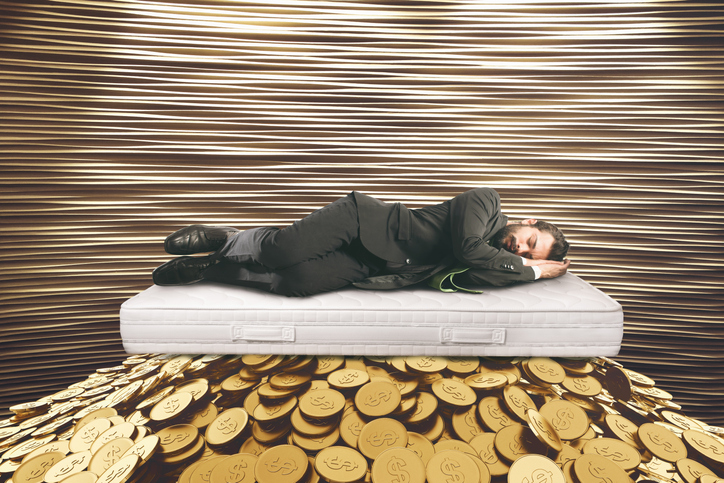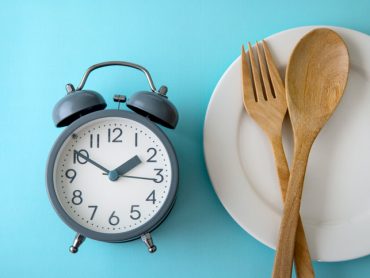Going Long for Hotel Longevity Part III: Sleeping on a Pile of Profits
What hotels don’t promote a good night’s sleep nowadays? While the offerings have gone from the erstwhile novel introduction of Westin’s Heavenly Beds to today’s perfunctory pillow concierge, hotels have yet to fully tap this well. Those brands that do wholeheartedly continue down this path will come to realize tremendous revenues for their efforts.
Even though we’ve known for millennia that sleep plays an important part in our moods, energy levels and even appearances, ‘sleep science’ is only now reaching the mainstream, so much so that ‘sleep tourism’ – defined as traveling for the express purpose of enhancing one’s sleep quality – is a fully marketable segment with travelers willing to pay thousands of dollars for multi-night packages.
With the modern world bombarding with blue-light-heavy screens every moment of our waking lives, people of all demographics are increasingly recognizing this (hopefully) daily activity as critical for determining the following day’s productivity, in addition to its role in supporting the immune system and bodily longevity.
And as more people begin to adopt effective sleep hygiene techniques at home, they will come to expect such programs to exist at their hotels of choice. Particularly if you aim to attract the largely affluent antiaging or wellness-seeking crowd, building a robust sleep program that permeates a variety of operations is mandatory.
What we argue is that, as this trend becomes commonplace in households, hotels must stay one giant step ahead in order to wow guests and elevate the brand, either to substantiate higher ADRs or to cross-sell sleep-oriented products. It’s an arms race; the more sleep science awareness there is, the more travelers will come to demand great amenities from all properties (and not just wellness resorts already renowned for these programs).
Here’s a bit of a laundry list of sleep-enhancing ideas you can consider, some cheap and others not:
- Linen, bed and pillow types known for their quality in this regard
- Soporific herbal teas like chamomile or passionflower available in-room or on-demand
- Clinically safe, over-the-counter sleep aids like melatonin or valerian root also available as a guestroom amenity or as an on-demand service
- Specific F&B options designed and promoted for their sleep-improving qualities
- Nutritionists, herbalists, hypnotherapists, RMTs, physiotherapists or any other manner of ‘sleep experts’ available for onsite consultations
- Purposefully designed spa treatments with products available for purchase in the gift shop
- Convection saunas, infrared saunas, steam rooms, banyas and relaxation lodges
- Onsite yoga, meditation, mindfulness or breathwork or group healing classes
- In-room guided programs per the above or others like progressive muscle relaxation (PMR)
- Bathroom amenities with ingredients known to enhance sleep or even nasal oil applications
- Mineral or vitamin-infused showers proven to relax the body
- Circadian lighting that naturally shift from blue (morning) to amber (night)
- Smart thermostats that lower the temperature in the middle of the night to prolong sleep
- In-room noise minimalization which may require better windows, new HVAC or thicker doors at a high capex to do right, or easier-to-implement noise canceling equipment that provides for adaptive sound masking
- In-room aromatherapy, including dispersal machines, soaps, incense, candles (be careful), oils and fabrics, for calming scents like lavender or jasmine
- New-age bedside electronics that offer everything from the melodic sounds of crashing ocean waves help you doze off to intuitive alarm clocks that connect to the room controls via IoT
- Dedicated relaxation spaces like a cozy fireplace library or green-walled naturalistic lounge
- Soothing activities like Zen Garden or mandala art classes
- Wearable bedtime devices such as a smartwatch or smart ring that monitor a guest’s vitals during sleep as well as connect back to an AI that can then offer algorithmic recommendations for the following night or modify room controls in media res via IoT
- Even more sci-fi, advanced health diagnostic tools like a metabolome bloodwork assessment (noninvasive via skin-contact sensors) that gives a picture of all metabolites in the body then returns specific dietary, medicinal and exercise regiments
Although many of the above may require a bit of PIP, the mix and match you choose ultimately depends on your brand and who you want to attract. Be advised: the wealthier the prospect, the more sleep amenities you must have in place to win them over. This is because such guests are likely already accustomed to the more prevalent ones and will continue to seek out innovators.
In all recent asset management assignments, building a wellness program or augmenting the existing one has been a topic of discussion, with a sleep as a central topic therein. We conduct this exercise because we know that a good night’s sleep is a leading factor in guest satisfaction, but also because of the aforementioned upsell opportunities and long-term brand equity support.
Rome wasn’t built in a day, though, and neither will your sleep program. Determine what can be done given your budget and what fits with your locale, then map it out in phases so that your team can properly execute on all new SOPs and add-ons. You can even start by carving out a new room category specifically marketed for its sleep benefits.
Whichever direction you determine, know that there’s a way to increase or at the very least protect your revenues. Don’t believe us? Sleep on it then decide.




